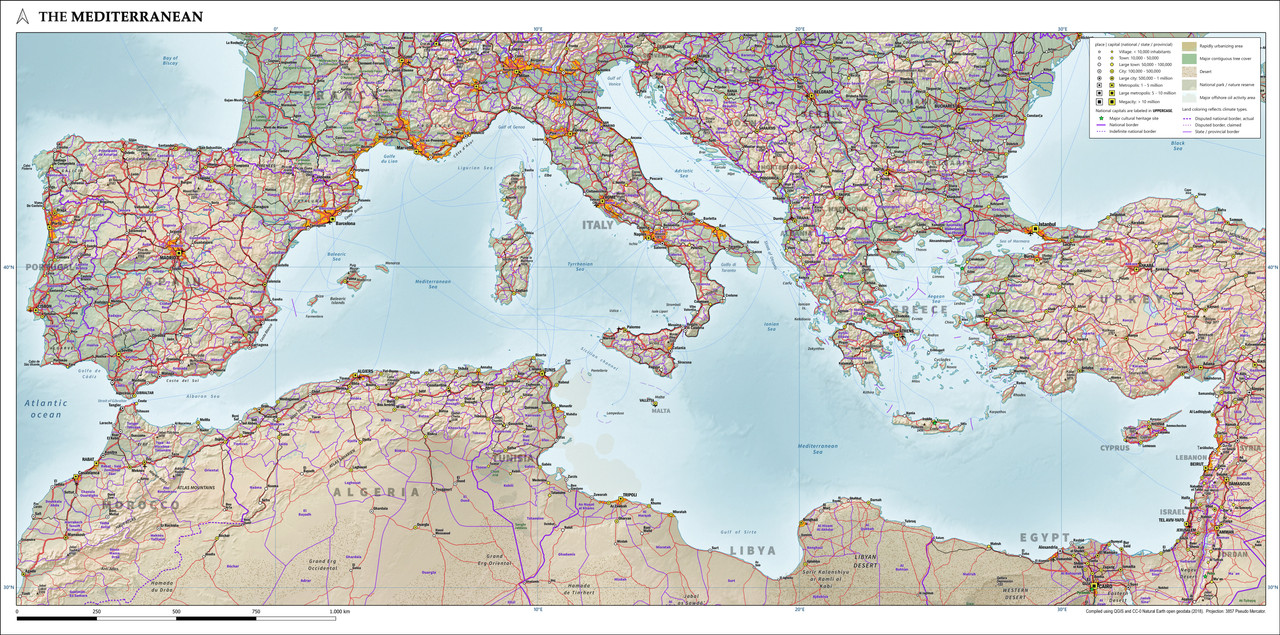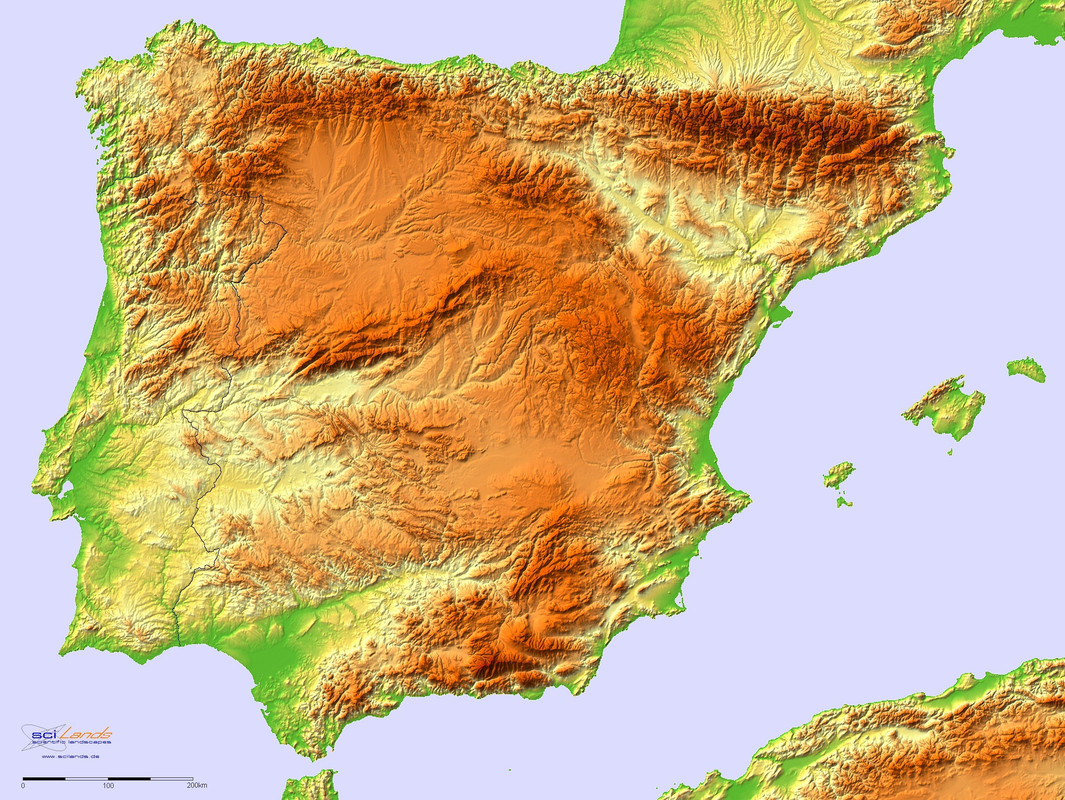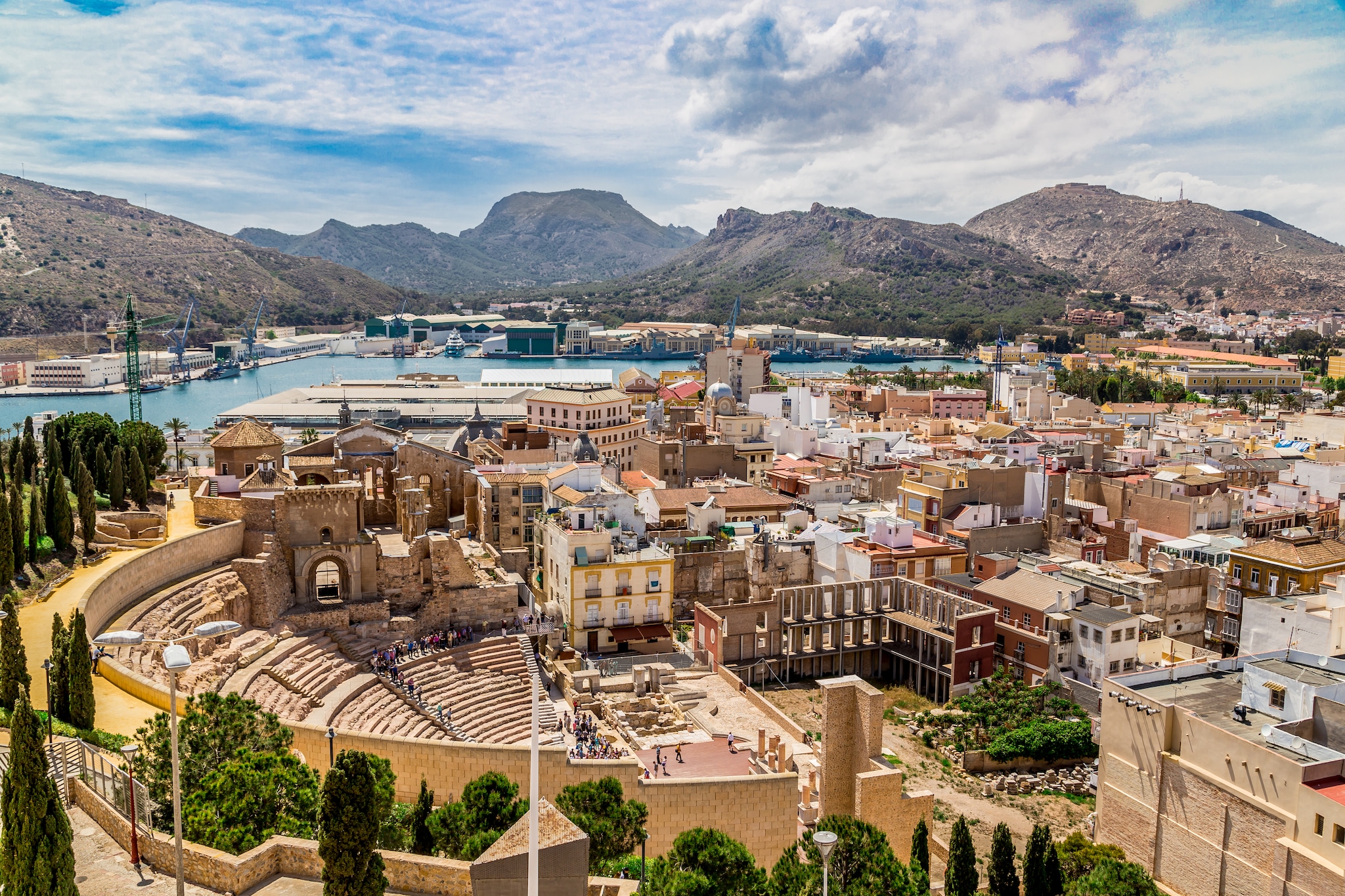- May 4, 2021
- 2,376

Title: Operation Mediterranean I
Document Number: RTAF-MEDTE-001/2003
Classification: Semi-Confidential | Secret
Security Level: NSST Protocol + Traditional Maximum Secure Encrypted Method
Date: July 20, 2003
XI. IntroductionX
Background and Objective
With HTMS Sukhothai being in the process of transferring assets from the RTN Coast Guard to the RTN Middle East Command, Naval Expeditionary Group Five (NEG5) situated in Iskenderun Naval Base would prepare for any immediate deployment in case the situation in Rome escalated.
In the second objective, the NEG5 would occasionally patrol within the Mediterranean Sea to ensure free trade of the region.
XII. Command and ControlX
2.1 Guidance
This operation is conducted under the guidance of the Defense Minister, Sutin Klungsang, and approval from Prime Minister Thaksin Shinawatra.
XIII. Operational ForcesX
Republic Thai Navy Middle East Command
Republic Thai Navy Third Fleet
- Naval Expeditionary Group Five (NEG5)
- [1] Chakri Narubet-class light aircraft carrier
- 601 Crew
- HTMS Sukhothai Narubet
- RTNAF Squadron 505
- 240 Crews
- [24 Eurocopter EC725]
- 240 Crews
- 601 Crew
- [15] Naresuan-class Friage
- 2,250 Crew
- HTMS Thong Lan
- HTMS Ramrachathirat
- HTMS Intharacha
- HTMS Borommarachathirat II
- HTMS Borommatrailokkanat
- HTMS Ratsadathirat
- HTMS Chairacha
- HTMS Ram Khamhaeng
- HTMS Mahinthrathirat
- HTMS Maha Thammarachathirat
- HTMS Ekathotsarot
- HTMS Si Saowaphak
- HTMS Phraya Aphaiwong
- HTMS Khamfan
- HTMS Prince Thammalangka
- 2,250 Crew
- [1] Chakri Narubet-class light aircraft carrier
- Logistic Support Squadron Eight (LSS8)
- [2] Similan-class Replenishment Tanker (Type 908)
- 314 Crew
- HTMS Similan
- HTMS Tachai
- RTNAF Squadron 602
- 20 Crew
- [2] Eurocopter EC735
- 20 Crew
- 314 Crew
- [2] Similan-class Replenishment Tanker (Type 908)
- 1st Tatvan/Bitlis Infantry Regiment
- 100 Personnel
- 11th Tatvan/Bitlis Infantry Regiment
- 100 Personnel
- Tatvan/Bitlis Combat Engineer Battalion
- 75 Personnel
- Tatvan/Bitlis Signal Battalion Battalion
- 75 Personnel
- Tatvan/Bitlis Combat Medical Battalion
- 75 Personnel
- Tatvan/Bitlis Long Range Reconnaissance Company
- 75 Personnel
- Tatvan/Bitlis Military Police Battalion
- 75 Personnel
- Tatvan/Bitlis Service Support Regiment
- 100 Personnel
XIV. ExecutionX
4.1 Initial Deployment
All personnel will be reported to the respective base with all necessary equipment per the Defense Ministry documents.
4.2 Communication
Effective communication among all the units must be maintained. Any unidentified or suspicious activity must be reported to the command center immediately.
4.3 Rules of Engagement
Engagement will be per the established Rule of Engagement (ROE) with the application of Increased Vigilance (IVG) and international laws. The use of force must be proportionate, and only used in self-defense or to deter identified threats after all non-lethal methods have been exhausted. They would never enter any country's territorial water
4.4 Support
Logistic support, including fuel, supplies, and maintenance, will be provided by the respective naval bases.
XV. CoordinationX
5.1 Inter-agency
Liaise with maritime agencies such as the Navy, Coast Guard, and Air Force to ensure maximum coverage and sharing of intelligence.
5.2 International
In case any foreign vessels or units are involved, contact must be established with the respective embassies or consulates and the situation must be reported to the Ministry of Foreign Affairs.
XVI. ConclusionX
The Defense Ministry has mobilized all necessary resources for the deployment of Operation Mediterranean I. The Defense Ministry expects that its contribution will represent Thailand's role as a world leader dedicated to peace, stability, and cooperation in the Mediterranean.
[Signature]
Sutin Klungsang
Defence Minister
[Signature]
Thaksin Shinawatra
Prime Minister, Republic of Thailand
Document Clearance:
The Office of the Prime Minister
The Ministry of Foreign Affairs
The National Intelligence Agency
The Republic Thai Air Force Command Center
The Republic Thai Navy Command Center
The Republic Thai Armed Forces Special Warfare & Operation Command
Distribution List:
The Office of the Prime Minister
The Ministry of Foreign Affairs
The National Intelligence Agency
The Republic Thai Air Force Command Center
The Republic Thai Navy Command Center
The Republic Thai Police
The Republic Armed Forces Headquarters
The Republic Thai Air Defense Command
The Naval Special Warfare Command
The Air Force Security Force Command
Last edited:





